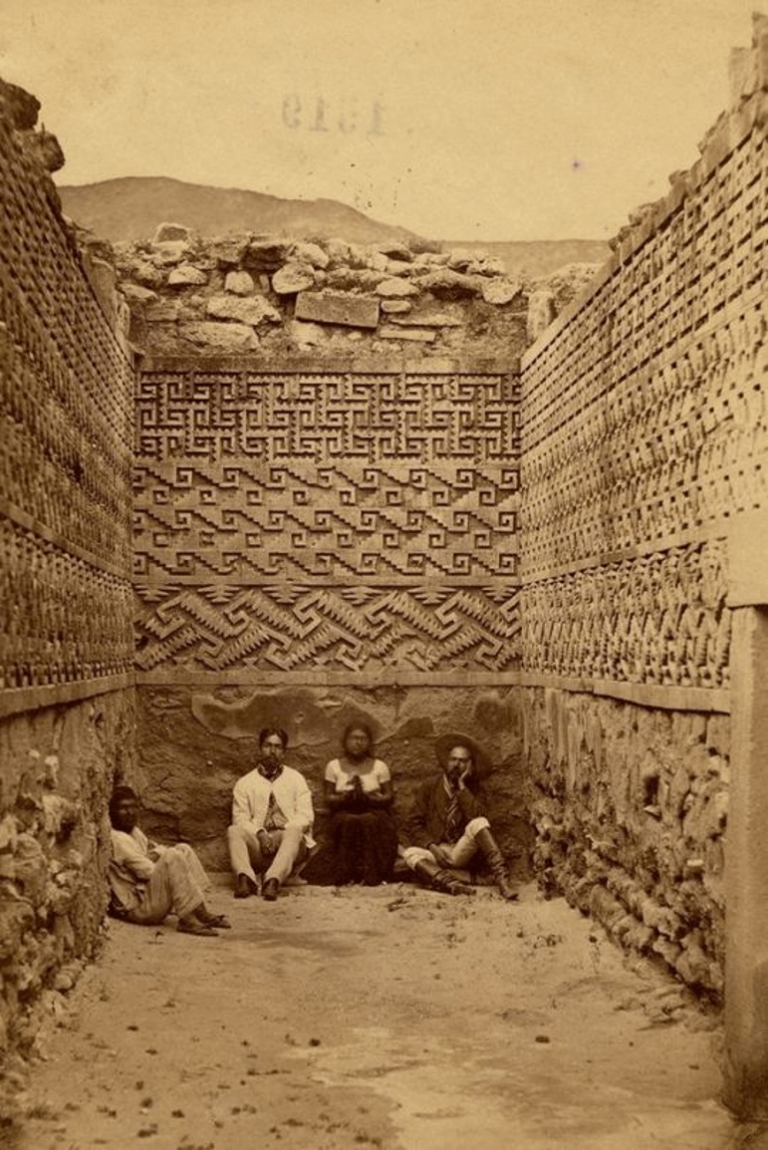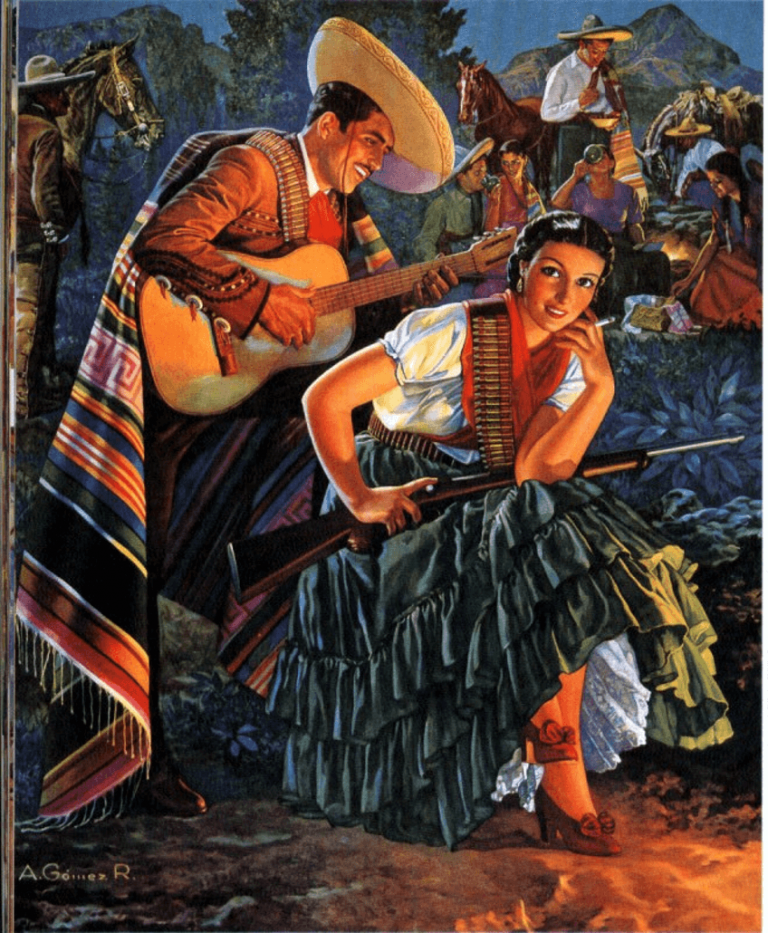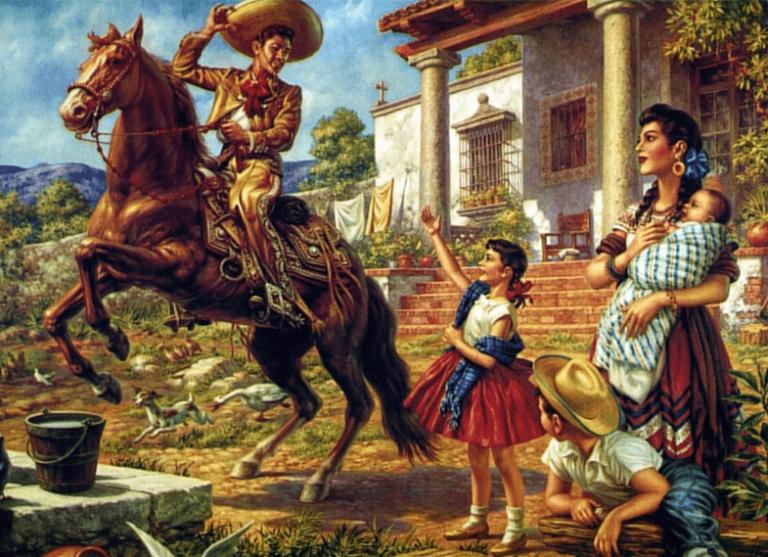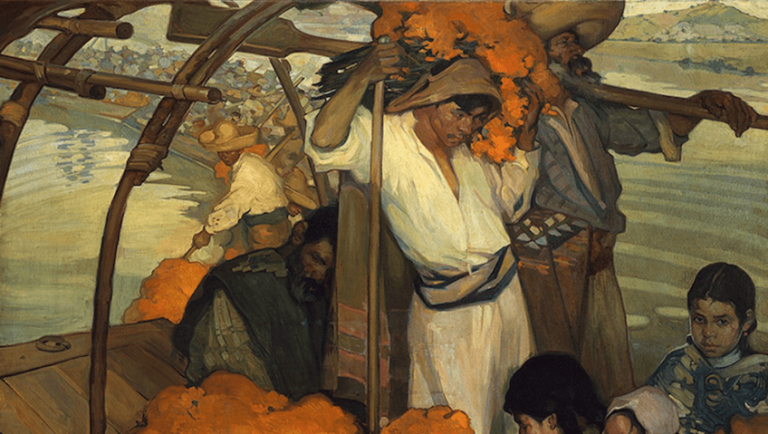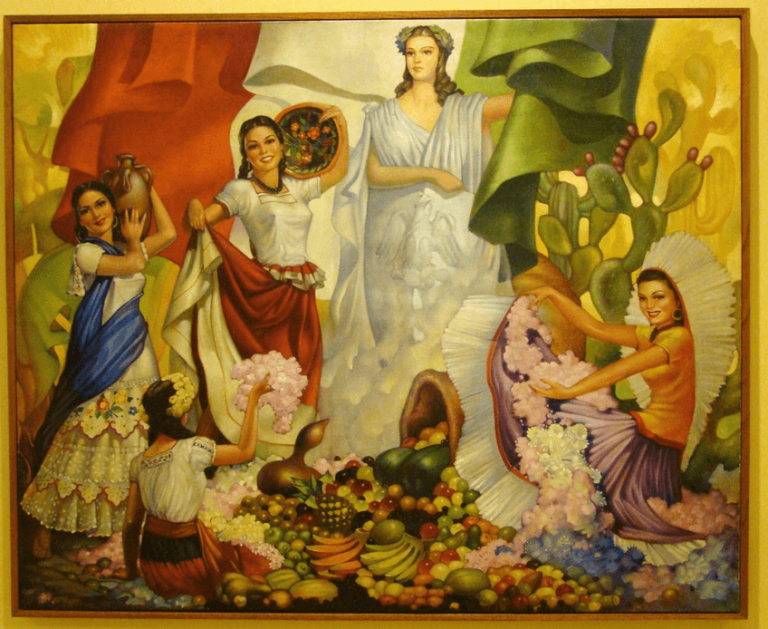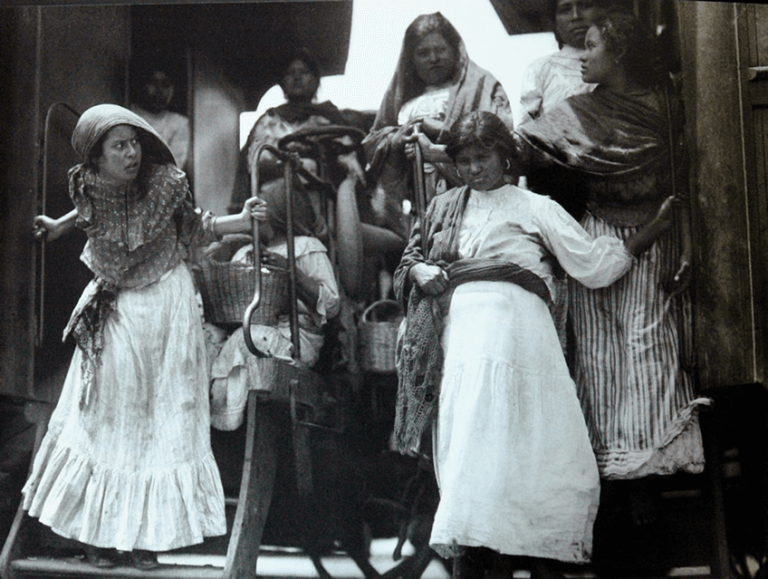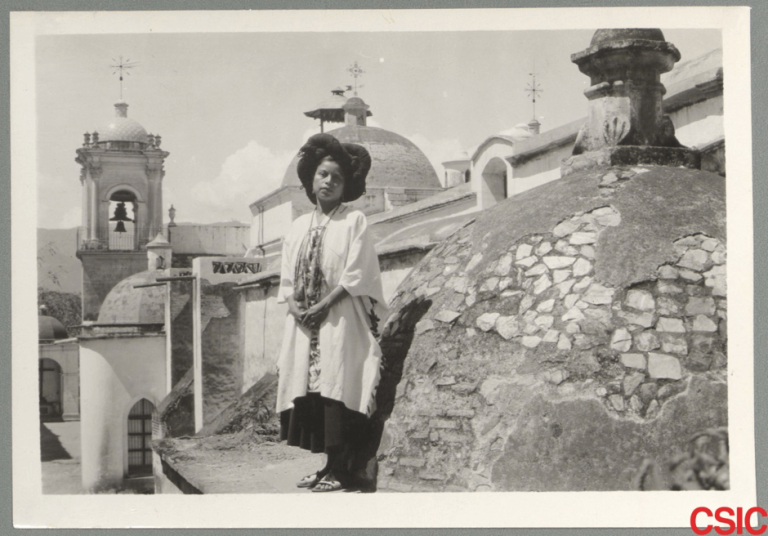The Mexican Vixen and Its Impact on Vintage Fashion
As vintage lovers, we have a clear vision of the Mexican pinup. Hand painted full circle skirts and peasant blouses always come to mind. The archetype of the Mexican vixen is the pictorial vision of multiple artists that collaborated in what we know now as “Calendarios mexicanos.” Mexican calendars, transformed the way we see Mexico and its fashions, based on an extensive investigation to build a post-colonial sense of “Mexicanity.”
The history of the Mexican vintage woman archetype starts in the beginning of the 20th century with the president/dictator, Porfirio Díaz. He wanted to transform Mexico into a cultural capital, so he made investments into the investigation of Mexico’s Mesoamerican past. He pushed researchers to create a visual language of Mexico. Archeological sites like Teotihuacán, in the State of Mexico, and Mitla, in Oaxaca, became a center point and, with the help of archeologists and artists, Porfirio Díaz’s vision came to life. However, he was not able to see the results due to The Mexican Revolution.
The destitution of Porfirio Díaz brought a new sense of Mexicanity, one based on the living remains of indigenous culture and its cosmogony. The Mexican woman, for the first time in our history, became a center point in Mexico’s imagination. The idea of the “Adelita”/ “Soldadera” as the powerful Mexican woman fighting for the rights of all Mexican people became a popular vision and a part of the revolutionaries’ propaganda. Mexican women had a standard to strive for, and the ideal of our womanhood was born.
The end of the revolution in 1917 brought a new sense of Mexicanity for women. Now women could go back to their houses and stop worrying about the burdens of war. The 1920s brought a new middle and high class. Women in higher economical statuses were to serve the role of housewives, which contrasted with lower class women whom were portrayed as (mostly) agricultural workers. This new division based on social status would help to divide the aesthetics of lower and high class women, and there would not be a relatable and all-encompassing archetype until the second half of the century.
The 1920s and the Art Deco period inspired by Egyptian art furthered the need of Mexican intellectuals to create a similar sensibility. The archeological knowledge and iconographic development of the beginning of the century was an important throw back for the artists and researchers of the era. People like Saturnino Herrán, Diego Rivera, David Alfaro Siqueiros, and Frida Khalo were in the front line of this new sensibility. The birth of muralism and its core ideology created a new way of visualizing popular aesthetics, which conciliated the past and the present of popular culture. Mesoamerican aesthetics were combined with living indigenous culture to create a new sense of Mexicanity, facilitating artistic expressions just like “Calendarios Mexicano.”
The ideals of womanhood in the second half of the 20th century created a new sense of identity, not only women but the Mexican population in general. Women proud of wearing traditional clothing gained popularity with those of a mestizo (Spanish and indegenous) background, and the Mexican calendars furthered this ideology by modernizing all of our cultural baggage. Full circle skirts were incorporated instead of the enredos/enaguas of the beginning of the century, which created a more opulent aesthetic, but still encompassed the cultural background of the Adelita. Parallel and symbiotically to these expressions, Valdiosera made an extensive research of typical indigenous attires, which reached its peak with his brand “Maya de Mexico,” creating the beautiful hand painted skirts we know today.
The idea of the Mexican vixen in the vintage community is really important because it is a part of Mexico’s search for a national identity that has crossed borders. This image was used to promote Mexico all around the world, creating an iconographic language that is now easily recognizable. Our fellow Mexican-American vintage ladies have taken this aesthetic to show their pride for Latino culture. Also, our indigenous ancestry and our historical baggage has been brought into the light, which, personally, is the most important part of all. These images helped us as Mexicans to find beauty in our differences and find self-love through it. In addition, the silhouette of indigenous fashions would become very important in the second half of the century, representing a completely different aesthetic to the ones of the era… but this is another story.



